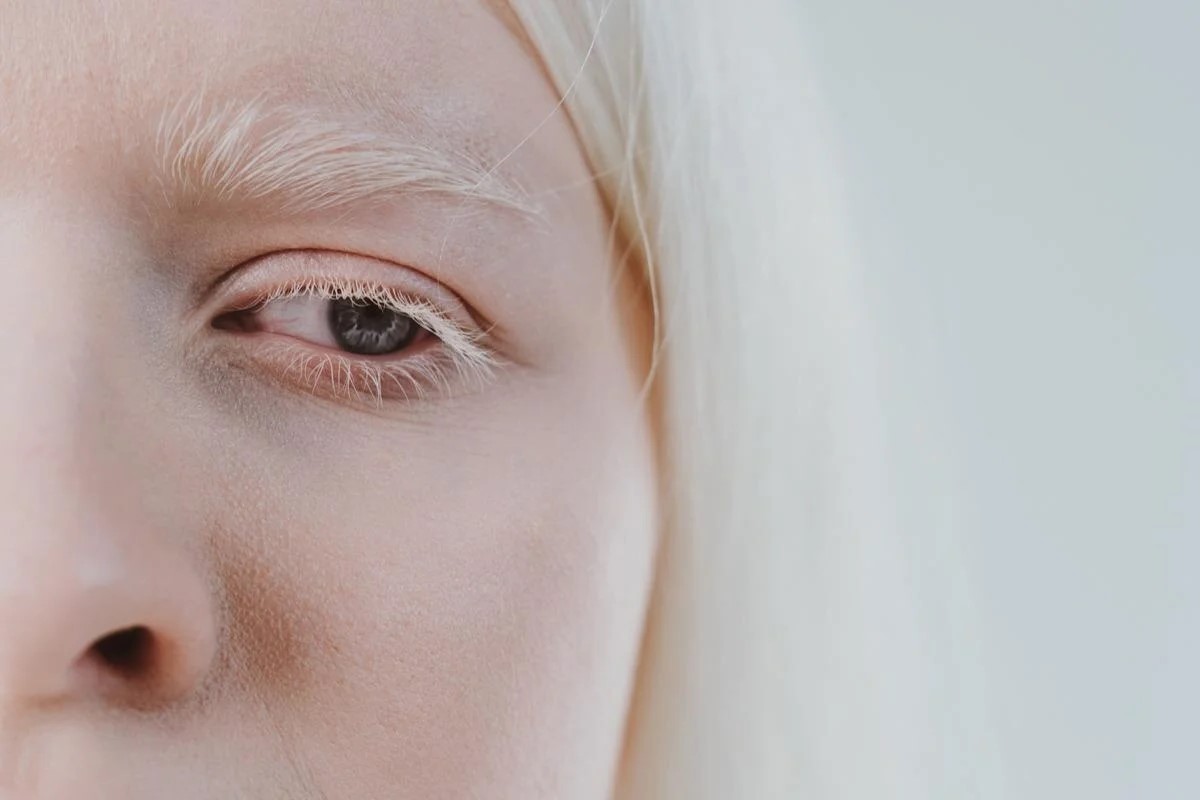
Chédiak–Higashi Syndrome is a rare genetic disorder that affects the immune system, making individuals more susceptible to infections. This condition is caused by mutations in the LYST gene, which plays a crucial role in the function of lysosomes. People with this syndrome often have partial albinism, leading to lighter skin, hair, and eye color. They may also experience neurological problems, such as muscle weakness and difficulty coordinating movements. Chédiak–Higashi Syndrome can be life-threatening, especially during the "accelerated phase," where the immune system becomes overactive, attacking the body's own tissues. Early diagnosis and treatment are vital for managing symptoms and improving quality of life. Understanding this complex condition can help those affected and their families navigate the challenges it presents.
What is Chédiak–Higashi Syndrome?
Chédiak–Higashi Syndrome (CHS) is a rare genetic disorder that affects multiple systems in the body. It is characterized by immune system deficiencies, albinism, and neurological problems. Here are some key facts about this condition.
-
Genetic Origin: CHS is caused by mutations in the LYST gene, which is responsible for regulating lysosomal trafficking within cells.
-
Inheritance Pattern: This syndrome follows an autosomal recessive inheritance pattern, meaning both parents must carry the defective gene for their child to be affected.
-
Immune System Impact: Individuals with CHS have a weakened immune system, making them more susceptible to infections.
-
Albinism: People with CHS often have partial albinism, which results in lighter skin, hair, and eye color.
-
Neurological Issues: Neurological symptoms can include muscle weakness, difficulty walking, and seizures.
Symptoms and Diagnosis
Understanding the symptoms and how CHS is diagnosed can help in early detection and management.
-
Frequent Infections: Due to immune system deficiencies, frequent bacterial and viral infections are common.
-
Bleeding Disorders: Patients may experience easy bruising and prolonged bleeding due to platelet dysfunction.
-
Photophobia: Sensitivity to light is a common symptom because of the albinism associated with CHS.
-
Developmental Delays: Some children with CHS may experience delays in reaching developmental milestones.
-
Diagnostic Tests: Diagnosis often involves blood tests, genetic testing, and examination of hair samples under a microscope.
Treatment Options
While there is no cure for CHS, various treatments can help manage symptoms and improve quality of life.
-
Antibiotics: Frequent use of antibiotics can help manage and prevent infections.
-
Bone Marrow Transplant: This is currently the only treatment that can potentially cure the immune system defects in CHS.
-
Physical Therapy: Helps manage neurological symptoms and improve muscle strength and coordination.
-
Sun Protection: Due to albinism, patients should use sunscreen and wear protective clothing to prevent sunburn.
-
Regular Monitoring: Ongoing medical check-ups are essential to monitor the progression of the disease and adjust treatments as needed.
Prognosis and Life Expectancy
The prognosis for individuals with CHS varies depending on the severity of the symptoms and the effectiveness of treatments.
-
Accelerated Phase: Many patients experience an accelerated phase of the disease, characterized by severe infections and organ damage, which can be life-threatening.
-
Life Expectancy: Without a bone marrow transplant, life expectancy is significantly reduced, often not extending beyond childhood.
-
Quality of Life: With appropriate treatments and management, some individuals can lead relatively normal lives, although they will still face significant health challenges.
-
Research and Advances: Ongoing research aims to better understand the genetic mechanisms of CHS and develop more effective treatments.
-
Support Networks: Support groups and organizations can provide valuable resources and community for families affected by CHS.
Understanding Chédiak–Higashi Syndrome
Chédiak–Higashi Syndrome (CHS) is a rare genetic disorder that affects the immune system, making individuals more susceptible to infections. It’s caused by mutations in the LYST gene, leading to abnormal lysosome function. Symptoms include albinism, easy bruising, and recurrent infections. Early diagnosis is crucial for managing the condition, often requiring bone marrow transplants to improve immune function.
Living with CHS involves regular medical check-ups and a proactive approach to infection prevention. While there’s no cure, advancements in medical research offer hope for better treatments. Awareness and education about CHS can help families and healthcare providers support those affected.
By understanding the complexities of CHS, we can foster a supportive environment for patients and their families. Knowledge empowers us to advocate for better healthcare resources and research, ultimately improving the quality of life for those living with this challenging condition.
Was this page helpful?
Our commitment to delivering trustworthy and engaging content is at the heart of what we do. Each fact on our site is contributed by real users like you, bringing a wealth of diverse insights and information. To ensure the highest standards of accuracy and reliability, our dedicated editors meticulously review each submission. This process guarantees that the facts we share are not only fascinating but also credible. Trust in our commitment to quality and authenticity as you explore and learn with us.


